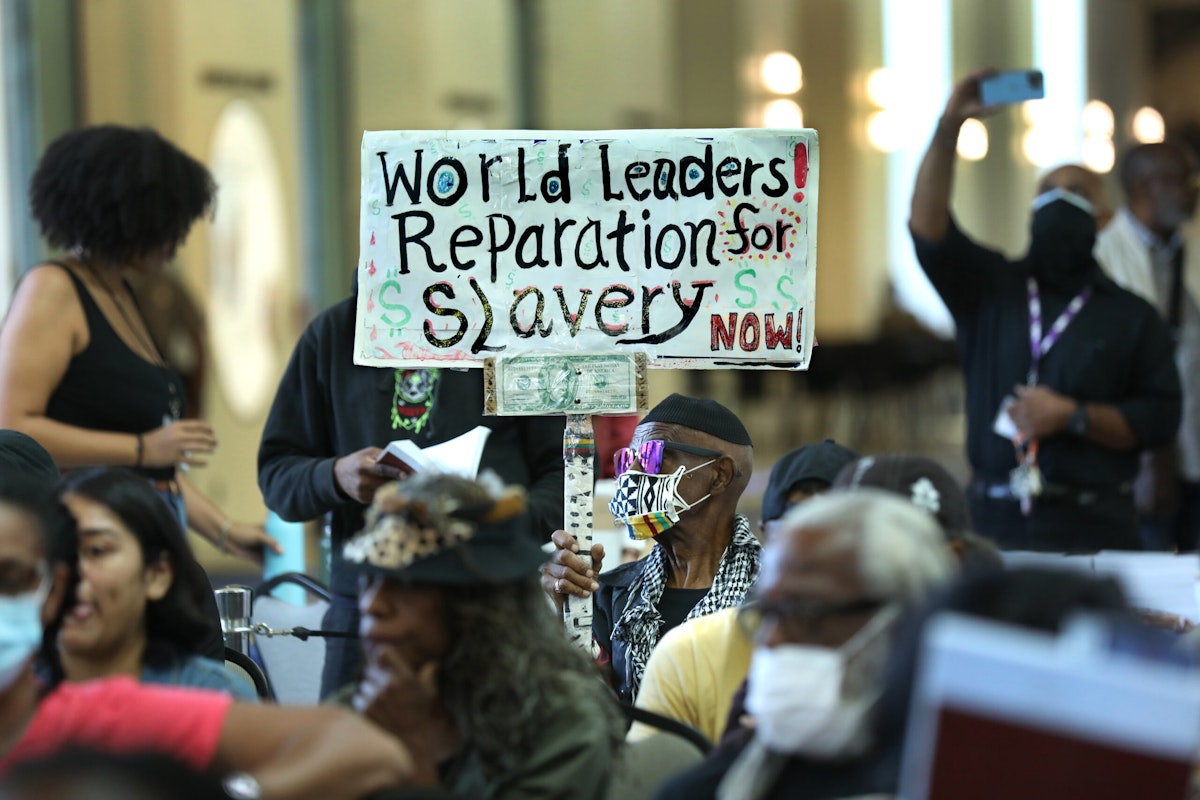California’s Reparations Initiative: Legislative Progress and Ongoing Challenges
California Governor Gavin Newsom recently signed several significant bills aimed at advancing race-based reparations for the state’s Black residents and their descendants. This legislative action is part of a multi-year effort to confront and rectify the historical injustices stemming from slavery and systemic racism. Among the measures signed into law is an official apology from the state acknowledging its role in perpetuating slavery.
Advocacy Groups Express Concerns
Despite these advancements, many advocates and lawmakers believe the newly enacted policies do not sufficiently address the deep-rooted disparities resulting from generations of discrimination against Black individuals. Senator Steven A. Bradford, a key member of the California Reparations Task Force, underscored the need for more substantial measures to tackle the enduring impacts of slavery.
Key Legislative Highlights
One of the pivotal proposals put forth by Senator Bradford aimed to establish a formal restitution process for land that was unjustly taken through discriminatory practices. Unfortunately, this bill was vetoed by Governor Newsom, who argued that it could not operate effectively without the accompanying Freedmen Affairs Agency, another key element of Bradford’s broader reparations agenda that did not reach a vote.
Advocates expressed disappointment that the measures ultimately passed were primarily focused on racial equity rather than providing meaningful reparations. Kamilah Moore, chair of the Reparations Task Force, emphasized that the new laws did not carry substantial financial implications and fell short of the task force’s vision for reparations.
Comprehensive Recommendations from the Task Force
The California Reparations Task Force, active from June 2021 to June 2023, conducted extensive research and public consultations, culminating in over 100 policy recommendations to address the historical injustices of slavery and racial discrimination. These recommendations included the repeal of Proposition 209, which banned affirmative action, the abolition of the death penalty, and increased funding for educational programs aimed at reducing racial disparities.
The full implementation of these recommendations is estimated to require funding in the hundreds of billions of dollars, a figure that raises concerns given California’s current budget deficit. While Governor Newsom set aside $12 million for reparations initiatives, many believe that this amount is insufficient to achieve the comprehensive changes advocated by the task force.
Financial Implications and Future Prospects
The potential creation of the Freedmen Affairs Agency, projected to cost between $3 million and $5 million annually, was seen as essential for overseeing state reparations initiatives. However, internal disagreements within the California Legislative Black Caucus ultimately led to the blocking of key proposals, leaving many advocates disillusioned.
Community Reactions and National Context
Community leaders and activists have voiced their dissatisfaction with the legislative outcomes, describing a sense of betrayal by lawmakers who were expected to support more ambitious reparations efforts. As California’s reparations initiative continues to evolve, it is being closely watched by other states and municipalities exploring similar paths.
California’s approach may serve as a blueprint for ongoing discussions about reparations across the United States, especially as national legislators consider federal proposals aimed at studying the history of slavery and developing comprehensive reparations policies.
Conclusion
As California navigates the complexities of implementing reparations, the interplay between legislative action, community advocacy, and financial realities will play a crucial role in shaping the future of these initiatives. The conversation surrounding reparations remains critical, not only for the state but for the broader movement toward racial equity and justice in America.

